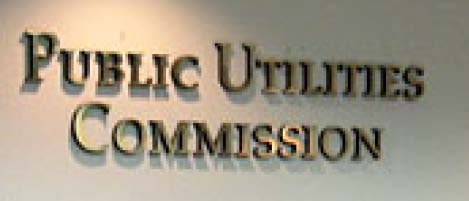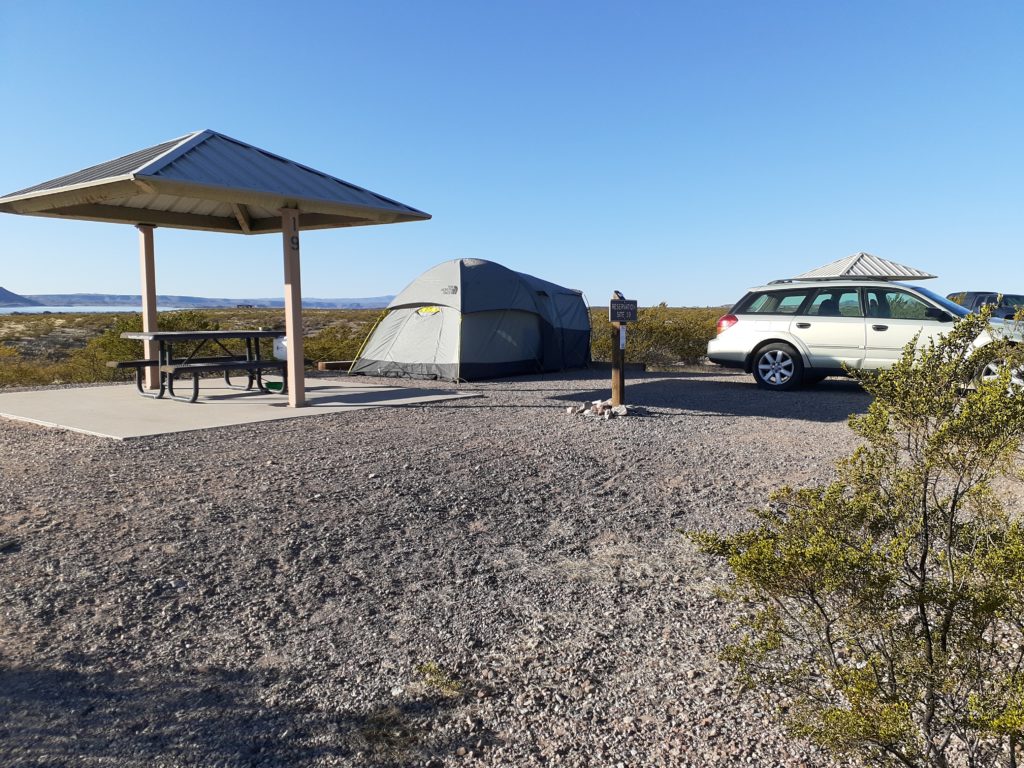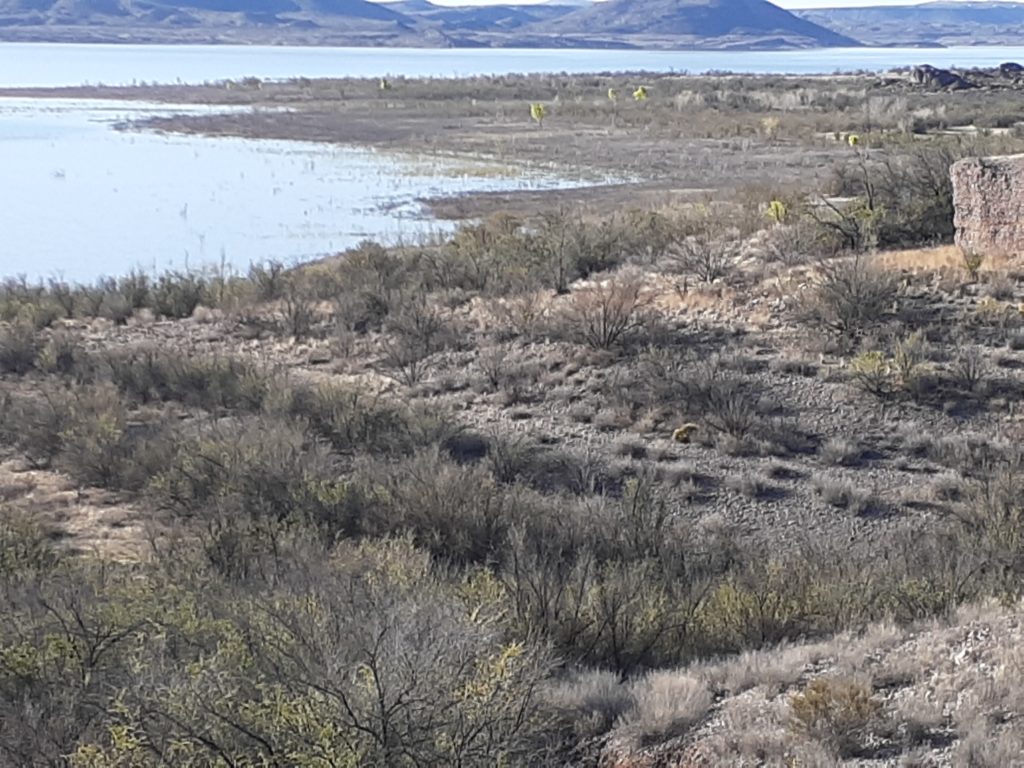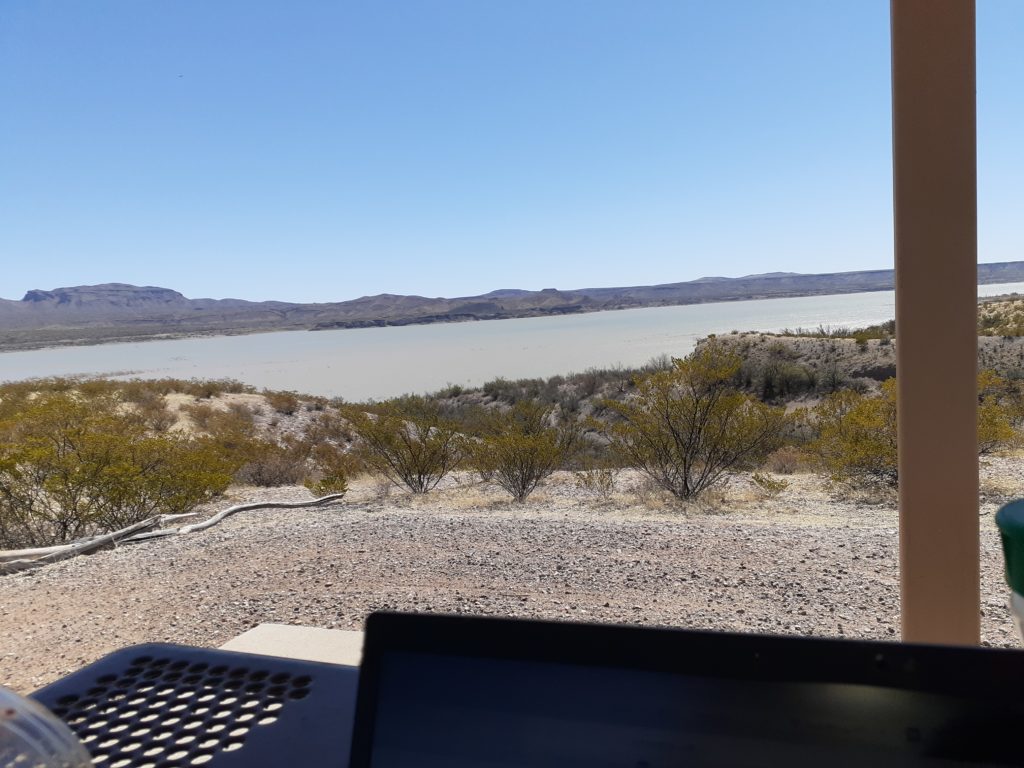Lave Ridge DEIS comments due 4/20 (not 4/5!)
April 2nd, 2023

Comments are due on Magic Valley’s Lava Ridge wind project adjacent to the Minidoka National Historical Site. I’d thought the due date was still April 5, and am SO relieved that it’s not until April 20! Still need to get them in so others will know what’s been done in Minnesota, increased setbacks near Jeffers Petroglyphs historic site. Despite the reprieve, it’s time to get on it, have a good start, but not enough.
Friends of Minidoka have done a good job of raising issues and awareness:
The debate begins: The Lava Ridge Wind Project would double the amount of wind energy produced in Idaho. But at what cost?
Lava Ridge Wind Project faces criticism
As always, working from home, but today home is a bit down the road, 60s-70s, gentle breeze and lots of sun. Is this beautiful or what! Well, GUSTS if serious wind, the tent poles are coming out of the snap holes AAACK!
It was a rough trip down, I’m feeling all the years and can’t drive all night anymore. The 13.5 hours down to Liberal was a stretch. And something I’d forgotten, if I’ve not done serious driving for a while, my eye muscles hurt, too much to even read. It took two days to recover from that. Joys of oldfartdom. Couldn’t focus to read, couldn’t work even if I wanted to!
Super high winds through KS and OK were reminiscent of dustbowl days, a flap of trim under the doors almost came off, so belted it on. It is SO dry there, extreme fire danger. Another thing, very few cows, comparatively, and it doesn’t smell like it used to. Way back when, if I just couldn’t go further and I’d park the truck to snooze, truck off and windows cracked open, even if just for a few hours, it would take a week to get all the flies and the stench out.
Through Kansas and Oklahoma at night, the numbers of FAA lights visible was stunning, thousands, and I’m not exaggerating. Need to find a map of turbines, it’s so extreme, as far as the eye can see, both ways.
Anyway, Lava Ridge DEIS is out, see link below for the docs. Comments are due, and here’s a link to the primary documentation (the project developer is sending regular emails, a “what we’re really saying” and “here’s the REAL poop” sort, which I save, and will use to review what’s important to them. Here’s the DEIS on Legalectric:
Lava Ridge wind DEIS deadline now 4/20
I hear breakfast calling, gotta let everything charge up. And then back to the office:
As if it were that easy — I was inside and the wind suddenly picked up and instantly the whole tent was flapping violently and tipped at a 45+ degree angle! I jumped in the bigger room and pushed it back in place and held it for a few seconds until the wind died down. The ranger was raking the site next door, and he said it was a dust devil, usually they come from the west and don’t get this far, and he couldn’t tell where this came from. Oh, was that unnerving. Had to run around and stake everything back down again, glad I’d spent the time to add extra stakes and guy everything down yesterday! Poor Sadie is awfully nervous. That was an awfully close call!
Another Freeborn last minute filing! And AFCL response
September 19th, 2018

Freeborn Wind at the PUC tomorrow.
Watch on line HERE: Live Webcast
ANOTHER LATE FILING!!! This last minute flurry is indicative of their desperation! So I guess it’s a good thing, but hey, I’ve got to get ready for the Wind Rulemaking docket that I’ve been trying to get before the Commission for how many years? Oh well… one thing at a time…
Freeborn Wind’s “Late Filed — Proposed Special Conditions Related to Noise _20189-146486-01
And our response just filed:
Oh yeah, we’re going to have fun at the PUC tomorrow. Watch on line HERE: Live Webcast
And background, yesterday and day before:
AFCL reply to Freeborn Wind’s Motion to Exclude
Freeborn Wind files Motion to Exclude!!
Bent Tree Order filed by PUC
June 5th, 2018

The settlement agreements for Minnesota’s first landowner buyouts were approved by the Public Utilities Commission at its agenda meeting on May 17, 2018. Today, it’s REAL, the written order has been filed.
Thanks to Alliant/Wisconsin Power & Light for their work in getting this done. Now, time for a couple of closings!
And at the same time, let’s whip this wind siting process into shape!
Live from the PUC!
February 1st, 2010
Except that now there’s a delayed start, we’re missing a Commissioner…
Here’s some notes, we’re taking a break — I’m missing some parts, but here we go:
OK, the “ROUGH notes” are their in toto, but hey, I’ve got something better:
HERE’S THE MEETING – February 1 Agenda Meeting
You may have to download “Silverlight” to view the meeting.
If we can’t, we should be shot…
June 9th, 2009
Really, that’s what they said at a meeting where the operators of the Hibbing “biomass” plant were confronted with all the problems, dust, noise, neighbors fed up and bringing in the evidence. This is the plant that was violating its air permit and was fined and shut down,
but of course air permit limits were INCREASED and it reopened.
GRRRRRRRRRR. And when they were told to clean it up, given a deadline, they said:
Thanks to Charlotte Neigh for sending this in. Let’s keep an eye on this one! Ready… aim…
Commission vows to take action on dust, noise
Meeting draws more complaints from neighbors
by Kelly Grinsteinner
Assistant Editor“It’s something that’s going off in my head,” she said. “Something
needs to be done.”“Everything is so filthy,” she added. “I can’t clean it. We can’t sell
it. We’re stuck.”Linda Johnson imitated the irritating noise she hears coming from the plant.
“It’s sad when you wake up dreaming of WD-40,” she said.
“Keep yours on your side of the street, and I’ll keep to my side of the
street,” he said.





